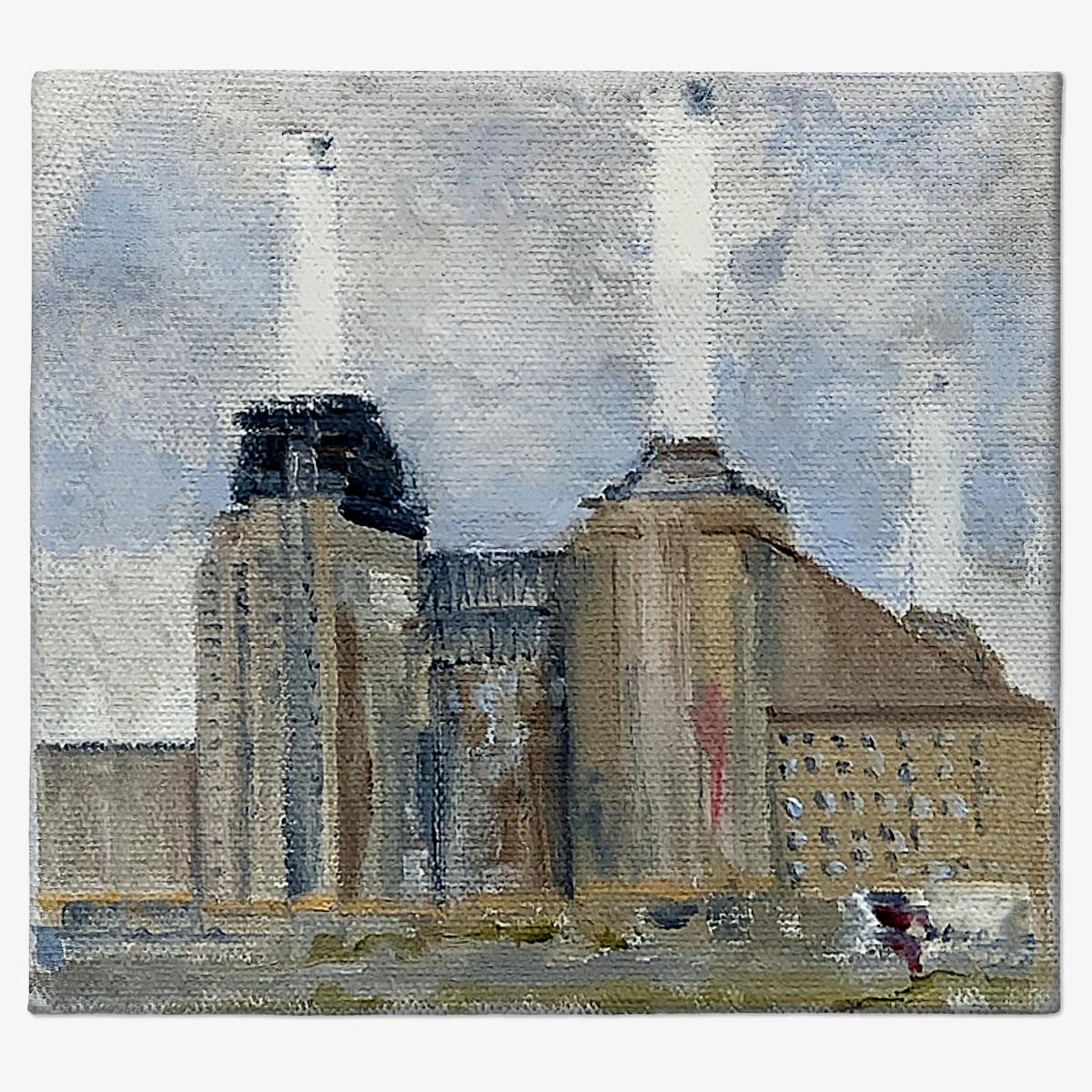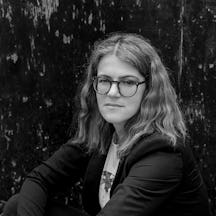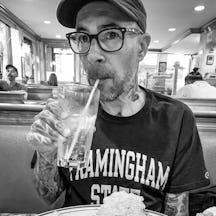People who live in industrial areas often experience the direct effects of pollution, with attempts to make their communities safe thwarted by intransigent corporations and negligent officials. Alice Bell reflects on an ingenious tactic adopted by Londoners in the 1970s, who used community science to fight back against contamination. What happens when communities help solve environmental problems, and could similar strategies be used to tackle pollution today?
It’s a bright, sunny day, so I drag myself out for a run along the river, to the large park at Battersea. A few miles in and I’m gasping for breath. It’s more uncomfortable than worrying, but it’s not normal. Am I just out of practice? Is it something to do with Covid? Or is it the air? The air does taste a bit funny today. But then it always tastes a bit funny.
I stop at a large interchange and take a breath. I look up to the skyscrapers above me, and spot the infamous Sky Pool shimmering between them, a 14-metre swimming pool stretching between two blocks of luxury flats, ten floors up.
I keep on west, past the new US Embassy and the shell of the old Battersea Power Station. In its heyday, it belched out a fifth of London’s power. Today, a three-bedroom flat there could set you back £8.5 million. Perhaps fittingly for somewhere that used to burn through prodigious quantities of coal and oil, in a few decades it’ll probably be under water.
A deadly explosion
As I jog up to the power station, I weave through the new developments, and realise I’m passing the site of the old Nine Elms Gas Works. Built by the London Gas Light Company in 1858, it was one of several gasworks constructed across the city as homes, businesses and streets shifted from whale oil to coal-based gas for lighting. And in 1865, it explosively hit the news.
A million cubic feet of gas exploded all at once with a giant flame, killing ten workers, injuring many more, destroying the gasholders and several nearby homes. The Times was aghast: “We have not merely placed ourselves absolutely in the hands of these companies for the supply of public light, but we have permitted them to plant their manufactories in any situations that are most for their convenience without the slightest regard for our own.”
Such complaints might have appeared hollow to some at the time, or at least a little late to the game. There had already been decades of commissions investigating the risk of explosions, going back to the birth of the technology in the 1810s. Health reports at the time estimated that several hundred million cubic feet of gas escaped into the soil of London alone every year (a legacy that still causes concern today).
But, as is often the case with industrial pollution, the powerful companies involved simply dismissed any attempt at regulation as harassment (make your own joke about ‘gaslighting’). One senior gas engineer even claimed he’d be happy to place his bed on top of a gasometer, they were so safe. But of course, he didn’t have to sleep anywhere near one. Not all Londoners were so lucky.
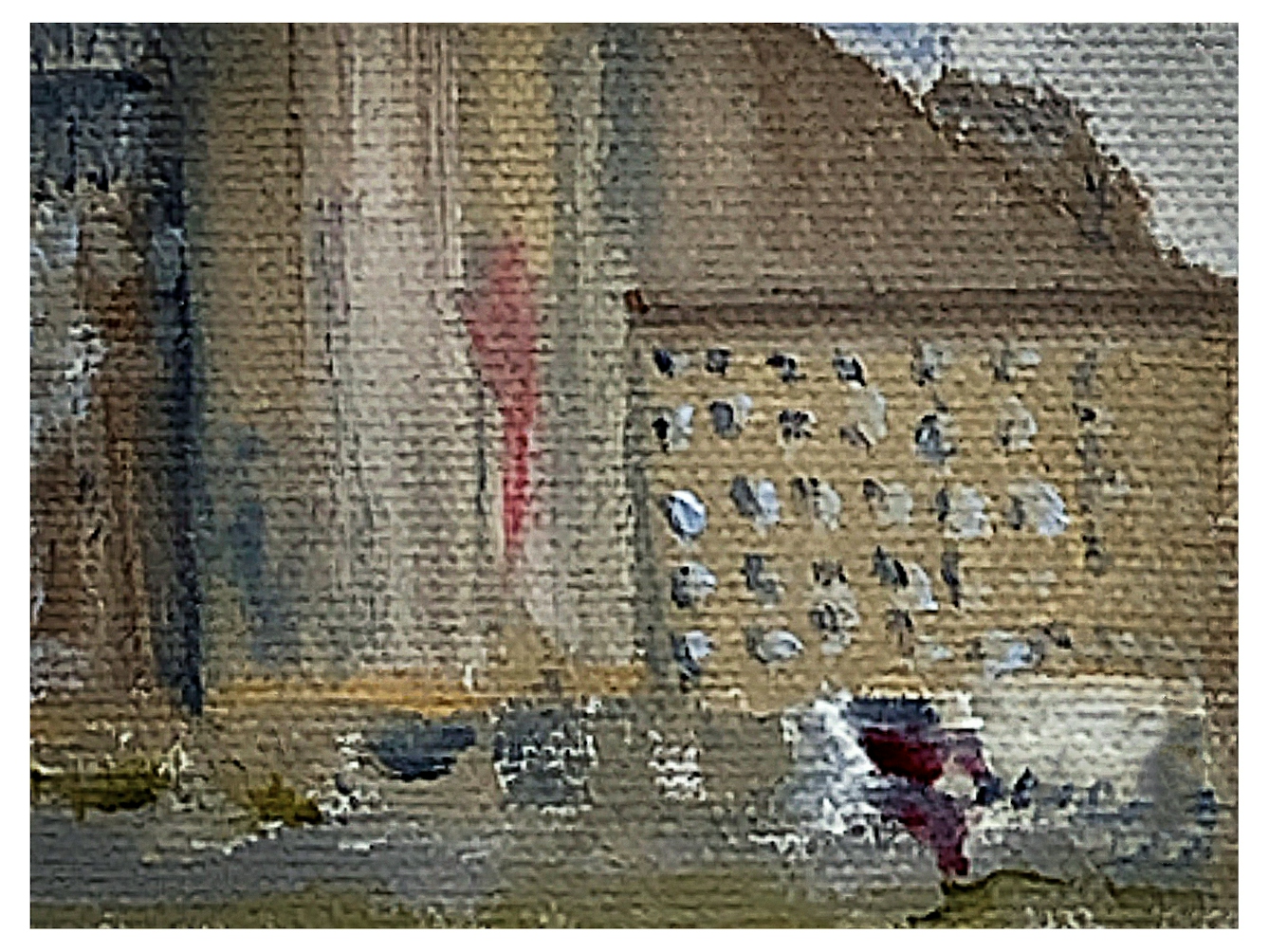
“I keep running west, past the new US Embassy and the shell of the old Battersea Power Station. In its heyday, it belched out a fifth of London’s power.”
Citizen scientists investigate a smell
Industrial hazards around Battersea didn’t start or end with the gasworks. For centuries this was like many other industrial areas: a place to make things – be that flour, cement, glucose, beer, turpentine, gas, electricity – but not live, unless you really had to.
As with other post-industrial spots in London and beyond, a space that was once too noisy and smelly for elites has now been polished up, stripped of hazards, given a modern architectural gloss and sold as newly desirable.
In 1972, a BBC news report talked about “a pungent, burning odour” plaguing local residents. “It comes up thicker and thicker every time,” residents told journalists, “it’s worse than drains.” No one could agree what was causing the smell, though. As a local paper at the time is said to have noted, we could get to the moon, phone relatives in Australia, perform miracles of surgery, but a simple matter like getting rid of a smell seemed to baffle everyone.
The cause was taken on by advocates at the relatively newly formed British Society for Social Responsibility in Science (BSSRS, ‘Bizrus’ to their friends). They worked with the local community to build a research project to investigate the smell, and then used this research as the basis for a campaign to advocate for change.
BSSRS had been founded in the late 1960s by scientists and engineers who were concerned that their professions had been captured by the chemical, arms and fossil-fuel industries rather than serving the public at large. They embraced the inherently political nature of scientific work, especially when it came to slippery controversies over pollution and industrial hazards – questioning not only how science was talked about, but how science had been produced in the first place.
For BSSRS, questions about who had access to the tools of knowledge production were key. It’s all very well insisting on evidence-based decisions in disputes over strange smells, but it’s not exactly fair if one side of an argument can afford to hire scientists to amass evidence, while the other cannot.
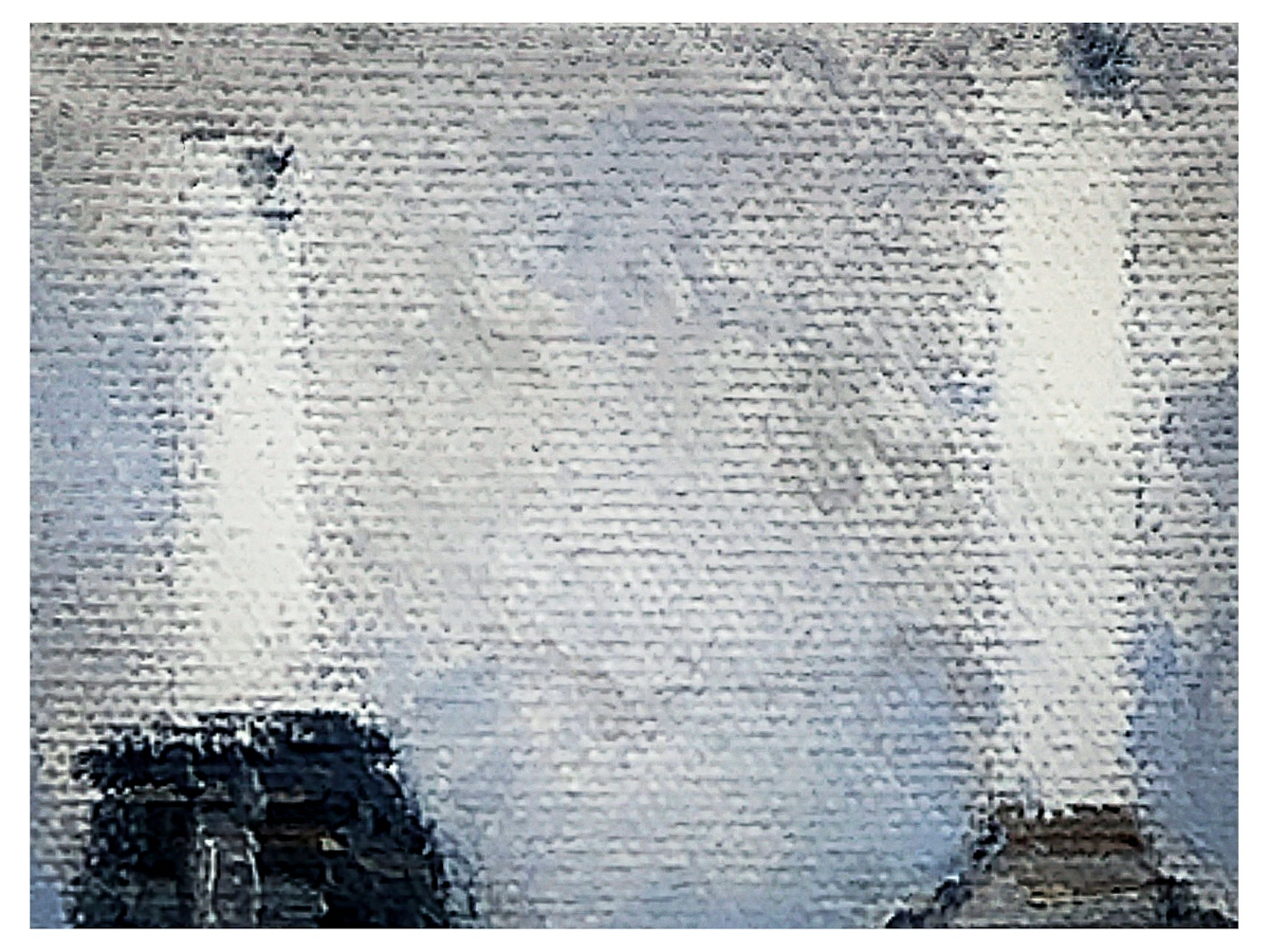
“In 1972, a BBC news report talked about ‘a pungent, burning odour’ plaguing local residents. ‘It comes up thicker and thicker every time,’ residents told journalists.”
Citizen science gave ordinary people a close relationship to scientific data that could otherwise be quite abstract, turning them into formidable campaigners.
BSSRS also knew how easy it was for companies and local authorities to dismiss data when it was staring them in the face, but citizen science gave ordinary people a close relationship to scientific data that could otherwise be quite abstract, turning them into formidable campaigners. In the end, the initiative was a success, tracing the smell to a local gin distillery, which was forced to take action.
Inspired, BSSRS member David Dickson would later call for “community science resource councils” in an opinion piece for the New Scientist, a sort of scientific equivalent of legal aid. And another BSSRS member, Simon Pickvance, set up the Sheffield Occupational Health Advisory Service, providing union reps with technical equipment to measure working conditions, unearthing previously hidden hazards.
Why we need community science more than ever
Could such a community science-based approach help navigate controversies about pollution today? Could it identify otherwise invisible dangers – whether the air really is poisoning us, for example – alerting communities and people in power, helping us mobilise and push for change?
A few years ago, engineers at UCL set up an “engineering exchange” not a million miles from Dickson’s local science councils, offering community groups pro bono help with technical problems around energy, water, waste, air quality, noise, and transport. Citizen-science projects the world over have found ways to engage communities with air pollution, and devices like Telraam traffic counters can put local people at the centre of evidence-based discussions over transport planning.
Some issues are more amenable to a community-science approach than others. Projects exploring mould in rented accommodation, for example, can quickly get caught in the politics of housing, even putting participants at risk of eviction.
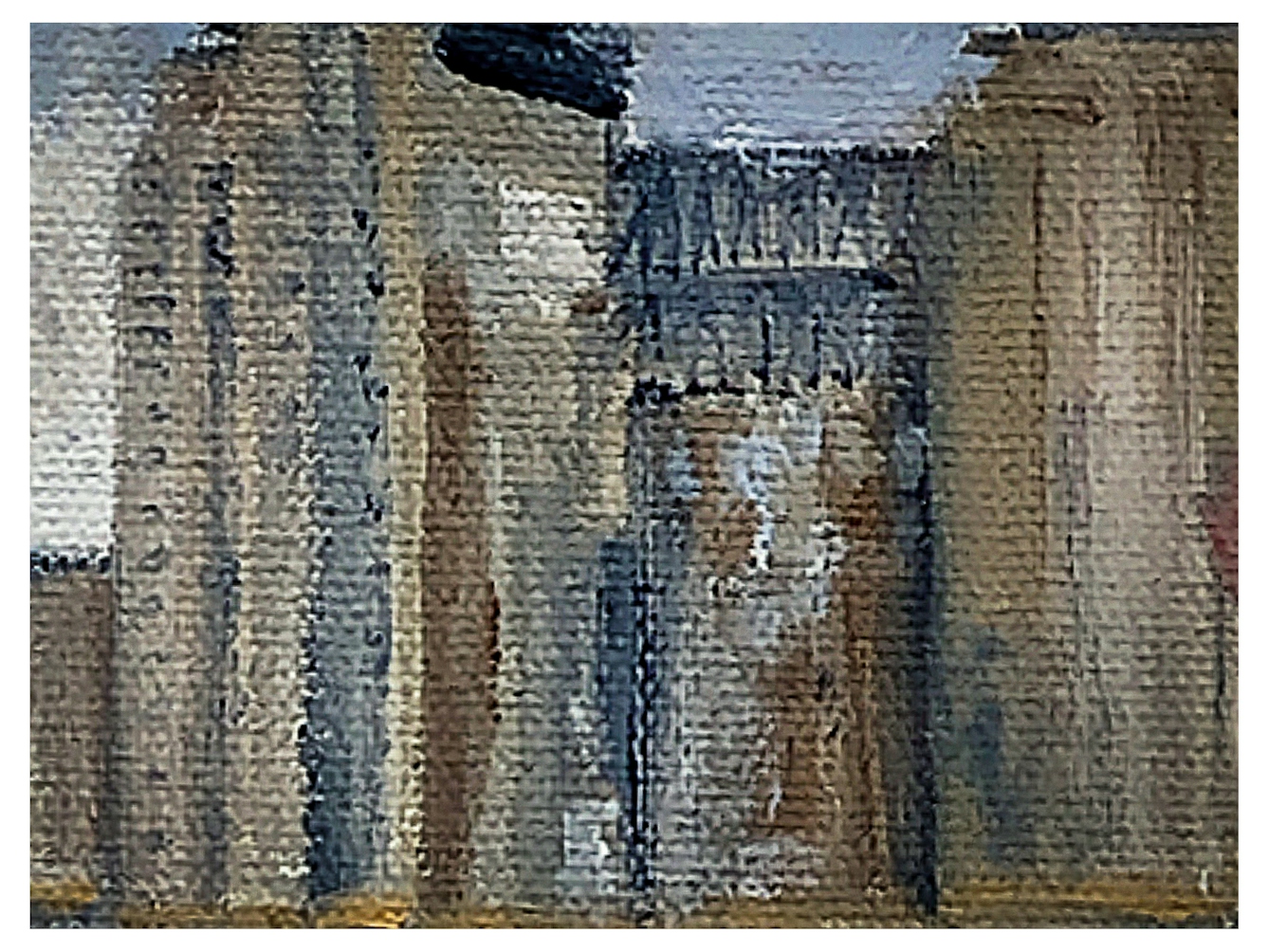
“Citizen-science projects the world over have found ways to engage communities with air pollution, and put local people at the centre of evidence-based discussions over transport planning.”
Science has changed a lot in recent decades too. The junior researchers that signed up to BSSRS in the 1970s had more spare time than their counterparts today, and more secure employment.
It’s hard to keep projects like the pro bono engineering programme at UCL running: researchers just don’t have the time. For community science to have real bite, it needs to be backed up with national investment and policy reform, and a broader recognition of the structural inequalities at play.
Arguably, we need community science today more than ever. Citizens of the 2020s are not just faced with injustices of pollution created in our own lifetimes, but also the pollution left by generations before us (not to mention decade upon decade of gaslighting by industry PR). BSSRS activists in the 1970s might not have worried too much about fake news, but community research can be a great prophylactic for it, too.
It’s one thing to be told that the curves of a graph denote danger, but something else entirely when you helped collect some of those data points along the way. You have a stronger, deeper relationship to that science if you were involved in its development.
Communities can give their perspective on the kind of questions asked in the first place – what counts as evidence, how it is understood, where to look for it – and then become powerful advocates for change. If ever there was a moment for community science resource councils, it’s now.
This article was edited by Jackson Howarth and Martha Dillon from It’s Freezing in LA! and is part of a series of articles about toxicity. It also appears in Issue #9 of It’s Freezing in LA! magazine.
About the contributors
Alice Bell
Alice Bell is a climate campaigner and writer based in London. She is the author of ‘Can We Save the Planet?’ (Thames & Hudson, 2020) and ‘Our Biggest Experiment: a history of the climate crisis’ (Bloomsbury, 2021).
Alberto Casias
Alberto Casias is a self-taught artist from New York City. He captures the damaged beauty of New York in his paintings.
